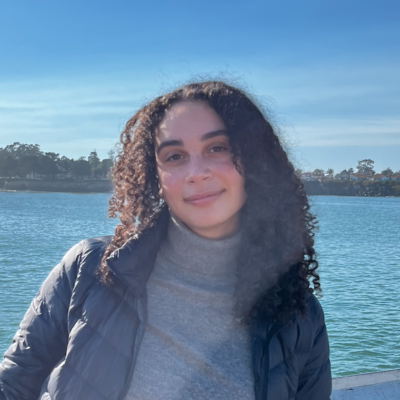Inès Huret L&S Biological Sciences
Quantifying Nutrient Sharing in California Anemones
Why do so many species coexist? One possible explanation is how species differ in sharing key resources. This division of resource needs is often called “trophic niche partitioning” and it can occur through symbiosis, in which invertebrate hosts rely more or less on receiving nutrition from algal symbionts. Recent work has demonstrated this in tropical coral species. This project, however, seeks to provide a comparative study of temperate symbioses in a nutrient rich environment by exploring trophic niche partitioning via symbiosis in four anemone species: Anthopleura elegantissima, Anthopleura xanthogrammica, Anthopleura sola and Anthopleura artemisia, which occupy similar ecological niches in the California intertidal. This will be tested using a recently developed stable isotope approach that quantifies nutrient exchange in symbioses using carbon and nitrogen values of host and symbiont partners. This project will thus contribute to the ongoing investigation of the fundamental principles of niche partitioning through symbiosis and the tradeoffs that underly the evolution of nutritional symbioses.
Message To Sponsor
Thank you for your generous contribution to my summer project! Your funding has made it possible for me to conduct my own research and gain invaluable experience in my field of study. Your investment in my academic and professional pursuits is extremely appreciated. As an international student, I could not be more grateful for this opportunity!